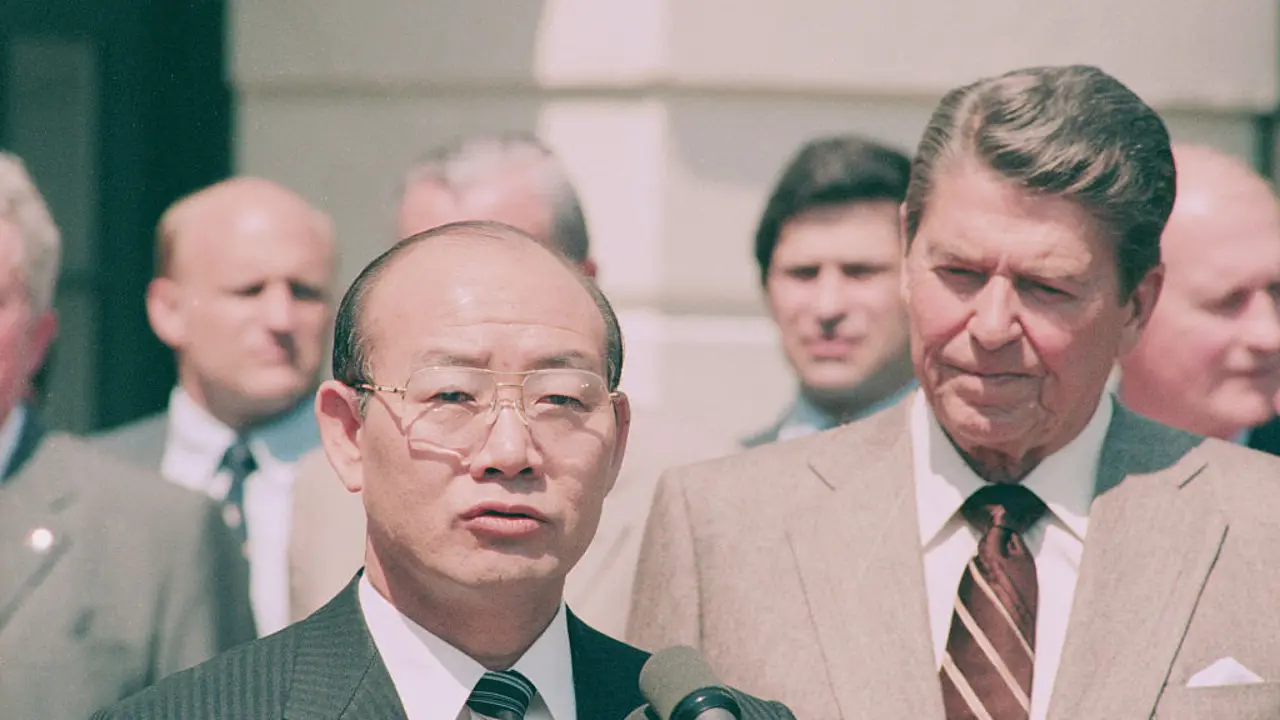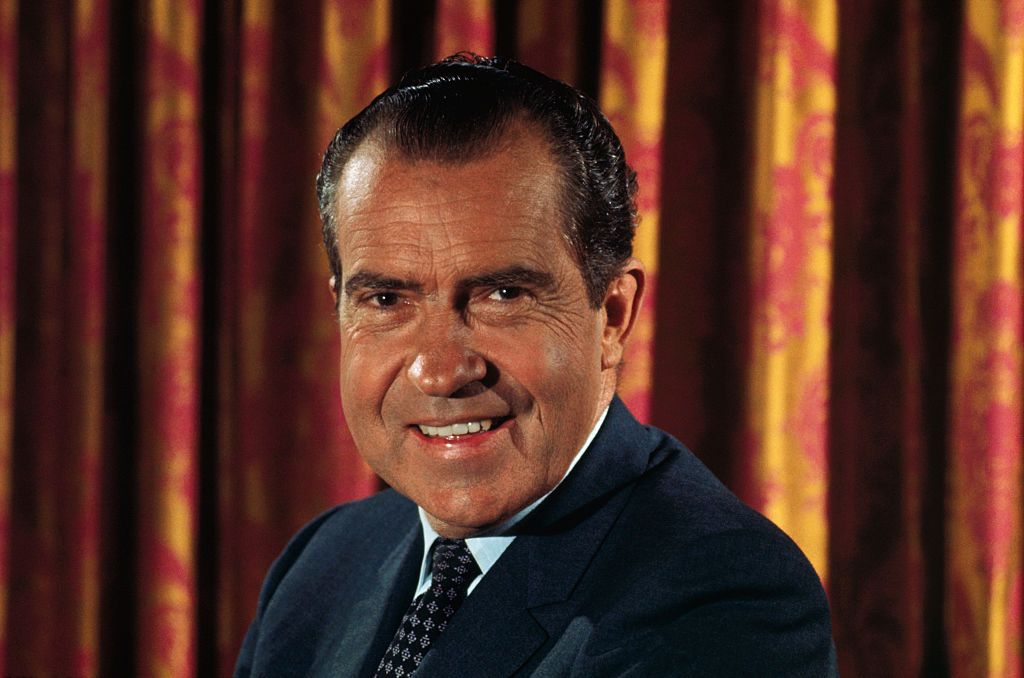rashemamelson.org – Chun Doo-hwan, who served as the President of South Korea from 1980 to 1988, is one of the most pivotal and controversial figures in the nation’s modern history. His presidency is defined by the consolidation of military power, the implementation of rapid economic growth, and the suppression of political dissent. Chun’s rule, marked by authoritarian control and significant human rights abuses, left a lasting impact on South Korea’s political landscape. His time in office also laid the foundation for the eventual transition to democracy in the late 1980s.
Early Life and Military Career
Born on January 18, 1931, in the city of Daegu, Chun Doo-hwan came from a humble background. He entered the South Korean Army in 1955, where his career quickly advanced. After serving in the military during the Korean War (1950–1953), Chun became involved in various key military roles, eventually rising to the rank of major general. His career in the military positioned him at the heart of South Korea’s political elite, which was largely shaped by military figures at the time.
In the 1970s, Chun became a key figure in the military coup that led to Park Chung-hee’s rise to power. Over the years, he consolidated his position within the military, developing strong ties with the nation’s intelligence agencies and gaining the trust of the military’s most powerful leaders. By the time of Park’s assassination in 1979, Chun had positioned himself as one of the most influential figures in South Korea’s military hierarchy.
The 1980 Military Coup and Assumption of Power
Chun Doo-hwan’s path to the presidency began with the 1980 military coup, which occurred in the wake of the assassination of President Park Chung-hee. Following Park’s death, the country was in political turmoil, and the existing government, led by acting President Choi Kyu-hah, failed to restore order. Despite Choi’s moderate attempts at stabilizing the country, the military believed that only a strong, centralized leadership could maintain control.
Chun, along with a group of military officers, staged a coup in May 1980, effectively seizing control of the government. The coup was swift and violent, and the government was quickly placed under military rule. Chun’s military junta dissolved the National Assembly, suspended the constitution, and suppressed political opposition. In the aftermath, Chun assumed power as the head of the ruling Military Revolutionary Committee and later became president through a manipulated electoral process.
Chun’s coup was largely justified by the military on the grounds of national security and the need to restore order. However, the violence and repression that followed would be seen as the beginning of a dark chapter in South Korea’s history.
The Gwangju Uprising and Its Aftermath
One of the most defining events of Chun Doo-hwan’s early presidency was the Gwangju Uprising in May 1980. The Gwangju Uprising was a large-scale protest in the city of Gwangju, where citizens, including students, labor groups, and activists, took to the streets to demand democratic reforms and an end to military rule.
In response, Chun’s military government brutally suppressed the uprising. The military sent in thousands of soldiers to quell the protests, leading to widespread violence. The exact death toll remains unclear, but estimates suggest that hundreds of civilians were killed in the military crackdown. The Gwangju Uprising became a symbol of resistance to authoritarian rule and is still a powerful event in South Korea’s history, representing the struggle for democracy and human rights.
Chun’s government continued to downplay the incident, and it was not until decades later that the full scale of the military’s actions in Gwangju came to light. The crackdown left a lasting scar on South Korea’s collective memory, contributing to deep divisions between the government and segments of the population.
Consolidating Power and Economic Growth
After quelling the Gwangju Uprising, Chun Doo-hwan worked to consolidate his power, gradually dismantling political opposition and further centralizing control. In 1981, Chun introduced a new constitution, known as the “Yushin-style” constitution, which gave him sweeping powers. The new system allowed him to continue his rule without the checks and balances of a truly democratic system. He was able to appoint the members of the National Assembly and effectively control the judiciary.
Despite his authoritarian rule, Chun’s government presided over significant economic growth. The 1980s saw South Korea’s economy expand rapidly, and the country experienced industrialization at an accelerated pace. Under Chun’s leadership, South Korea continued its emphasis on export-led growth, further developing key industries such as electronics, automotive manufacturing, and shipbuilding. Major conglomerates, or chaebols, such as Samsung, Hyundai, and LG, continued to thrive, contributing to South Korea’s economic success.
Chun’s economic policies, which were often implemented with the support of state-run banks and large industrial conglomerates, helped South Korea become one of the world’s leading economies by the end of the 1980s. However, economic inequality widened during this period, and labor unrest became more frequent as workers demanded better conditions and wages.
The Transition to Democracy and Chun’s Departure
Chun Doo-hwan’s presidency, though marked by economic growth, was also plagued by increasing demands for democratic reform. As South Korea’s economy expanded, so too did the public’s aspirations for political freedom. The student-led protests and labor strikes that had characterized the late 1970s and early 1980s intensified, leading to a growing movement for democracy.
In 1987, after mounting pressure from both the public and the international community, Chun’s government was forced to make concessions. A series of protests, known as the June Democratic Uprising, led to nationwide calls for direct presidential elections and an end to authoritarian rule. In response to these protests, Chun agreed to a reform plan that allowed for direct elections and the establishment of a more democratic political system.
Chun’s role in the transition to democracy was controversial, as many saw his reforms as a reluctant response to popular pressure rather than a genuine commitment to democratic principles. Nonetheless, the reforms paved the way for the peaceful transfer of power, and Chun’s presidency came to an end in 1988 when he handed over the presidency to his chosen successor, Roh Tae-woo, who had also been involved in the 1980 coup.
Legacy: Authoritarian Leader or Economic Architect?
Chun Doo-hwan’s legacy is deeply divided. On the one hand, he is remembered for overseeing South Korea’s remarkable economic growth during his time in office. The policies implemented under his leadership helped transform South Korea from an impoverished nation to one of the leading economies in Asia. However, his legacy is also marred by widespread human rights abuses, the violent suppression of democratic movements, and the authoritarian nature of his rule.
The Gwangju Uprising remains a major point of contention in how Chun is remembered, with many seeing him as responsible for the deaths of hundreds of civilians. While Chun did eventually allow for the transition to democracy, his unwillingness to relinquish power until forced to do so has left him with a mixed reputation.
Chun’s role in South Korea’s economic development is undeniable, but his presidency also stands as a reminder of the costs of rapid industrialization under authoritarian rule. His leadership paved the way for South Korea’s eventual democratization, but it also left deep scars in the nation’s collective memory.
Conclusion: A Complex Legacy of Power and Progress
Chun Doo-hwan’s presidency marked a period of profound change for South Korea. While his leadership played a key role in shaping the country’s economic success, it also entrenched an authoritarian system that was resistant to democratic reforms. His tenure left a complex and controversial legacy—one that reflects both the power of military rule and the eventual triumph of democratic ideals. Chun remains a divisive figure in South Korean history, with his rule standing as both a catalyst for economic growth and a symbol of the struggle for political freedom.

